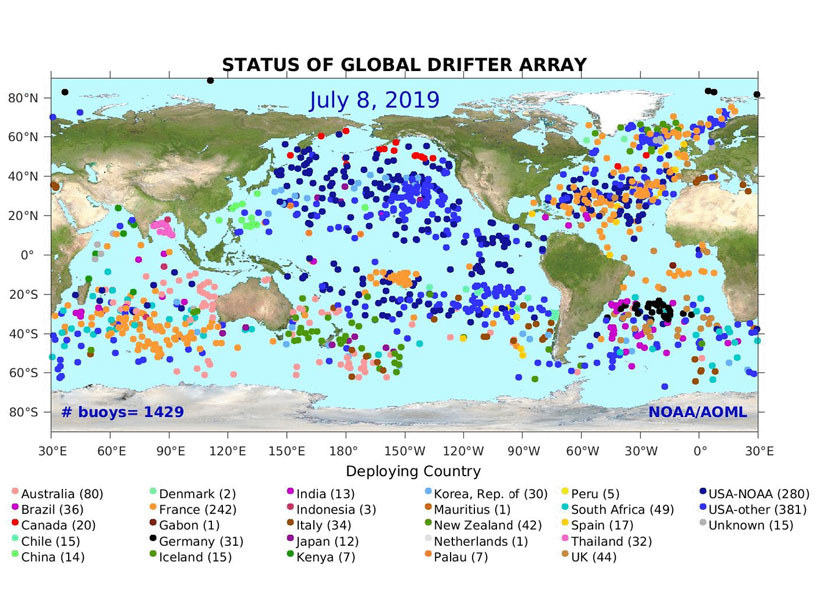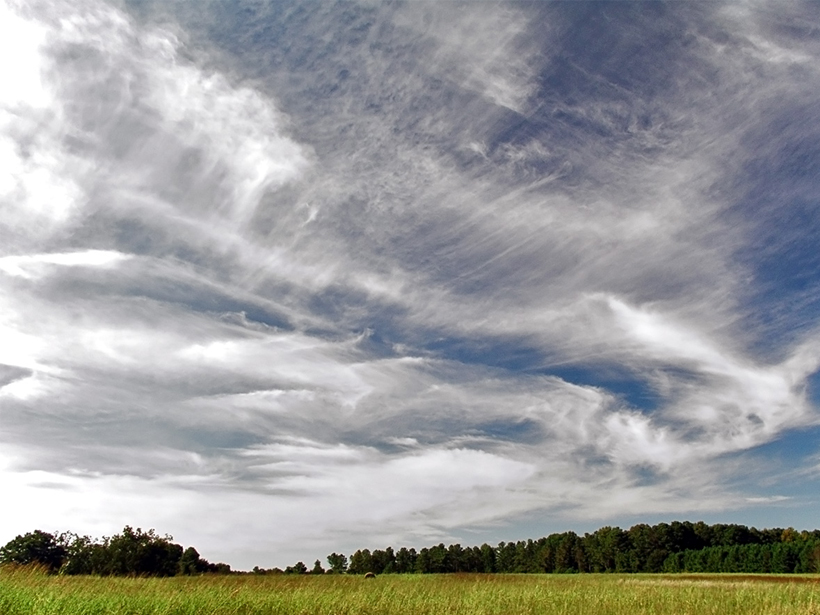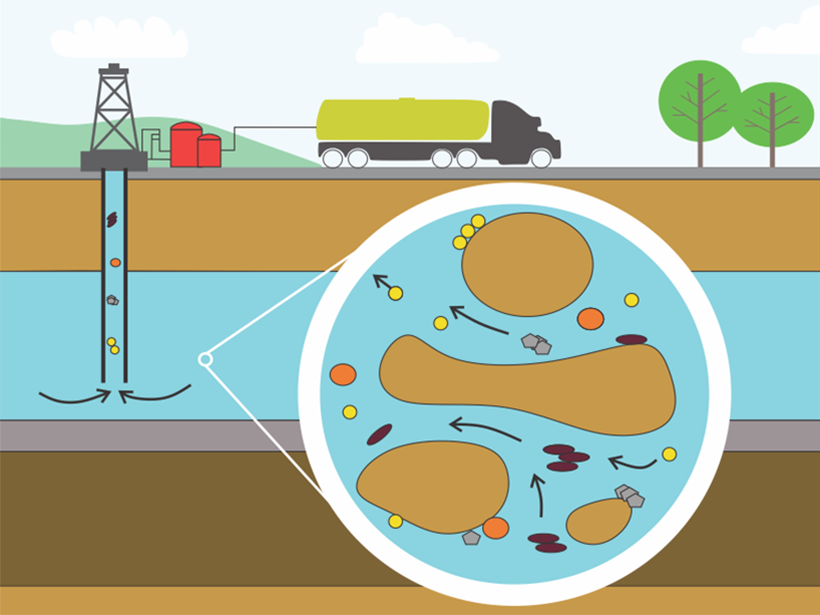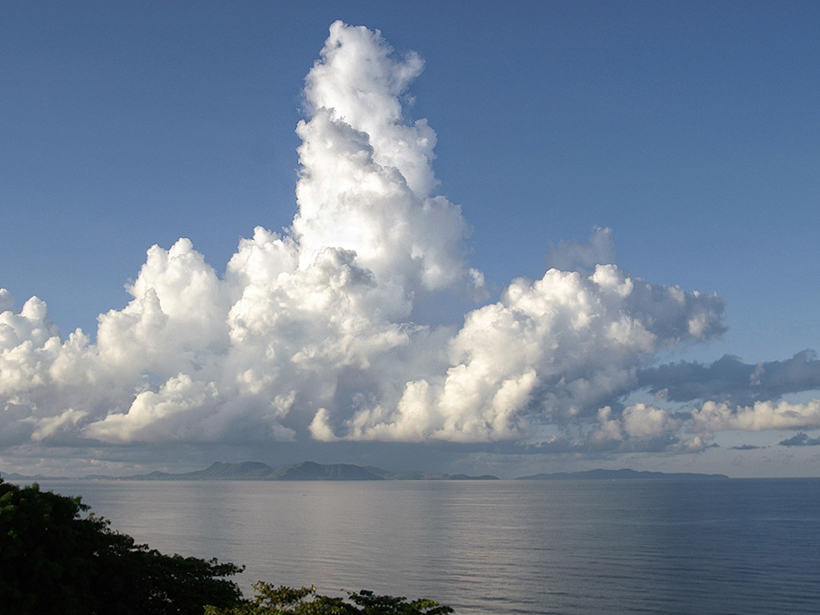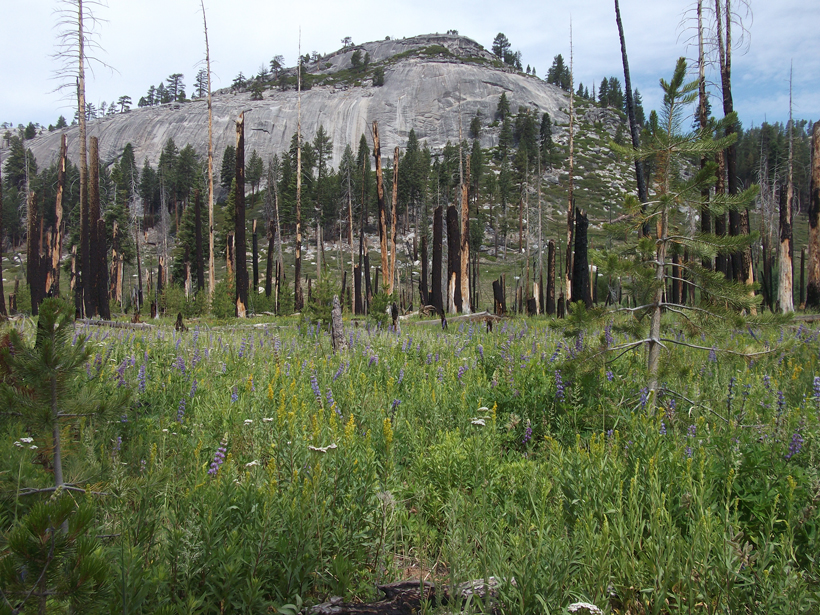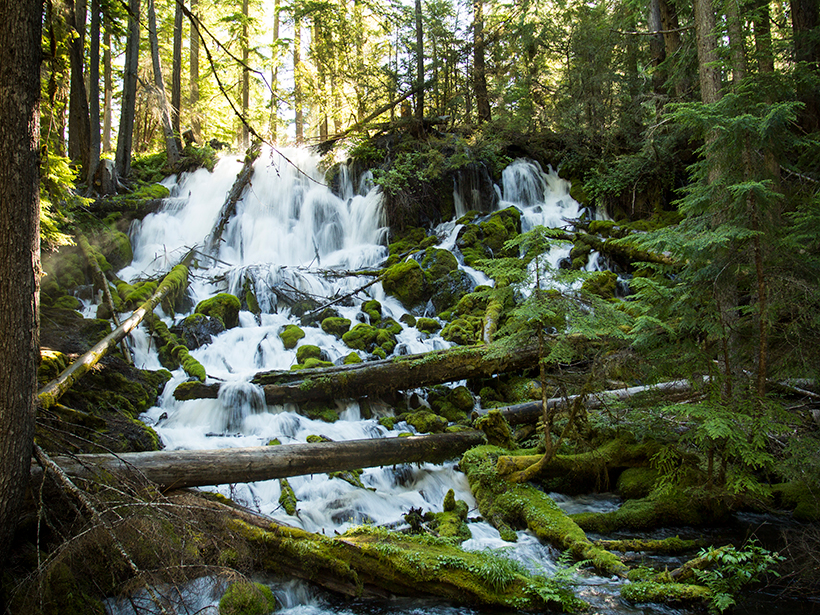A new modeling strategy could improve streamflow predictions in places where mountain snow is a critical source of water.
Research Spotlights
Research spotlights are plain-language summaries of recent articles published in AGU’s suite of 24 journals.
Updating a Crucial Source of Sea Surface Temperature Data
A new version of a major sea surface temperature data set reduces systematic errors in measurements of one of the most important indicators of the state of Earth’s climate system.
A Better Way to Measure Cloud Composition
An enhanced satellite remote sensing suite accurately measures ice particles, temperature, and water vapor.
Detailed Origins of Sea Spray Revealed, One Droplet at a Time
An energized air-sea interface facilitates exchange between the atmosphere and the ocean. A new study looks at the formation of sea spray, an important component of this exchange.
Treating Colloids as Clusters Better Predicts Their Behavior
New research suggests that an accurate prediction of colloidal particle mobilization in the environment should account for the effect of clustering.
One Step Closer to a Milestone in Climate Modeling
A pair of revisions to the Energy Exascale Earth System Model improves its ability to capture late afternoon and nocturnal rainfall as well as the timing and movement of convection.
The Ups and Downs of Rainfall in Chad Since 1950
A new study finds that rainfall rates are recovering in some cities since a 1966–1990 dry spell, but precipitation is still down overall since 1950.
Restoring Natural Fire Regimes Can Yield More Water Downstream
Research in Yosemite National Park offers a new benchmark for understanding water balance changes in a mountainous basin 4 decades after its natural wildfire regime was reestablished.
Forested Streams May Warm More Than Observations Predict
Understanding how temperatures of cold-water streams respond to global warming could help clarify the impacts of climate change on aquatic ecosystems.
The When and Where of Mesospheric Bores Revealed
In a new study, the enigmatic gravity waves were seen most frequently at equatorial latitudes and propagating from the winter to the summer hemisphere.


